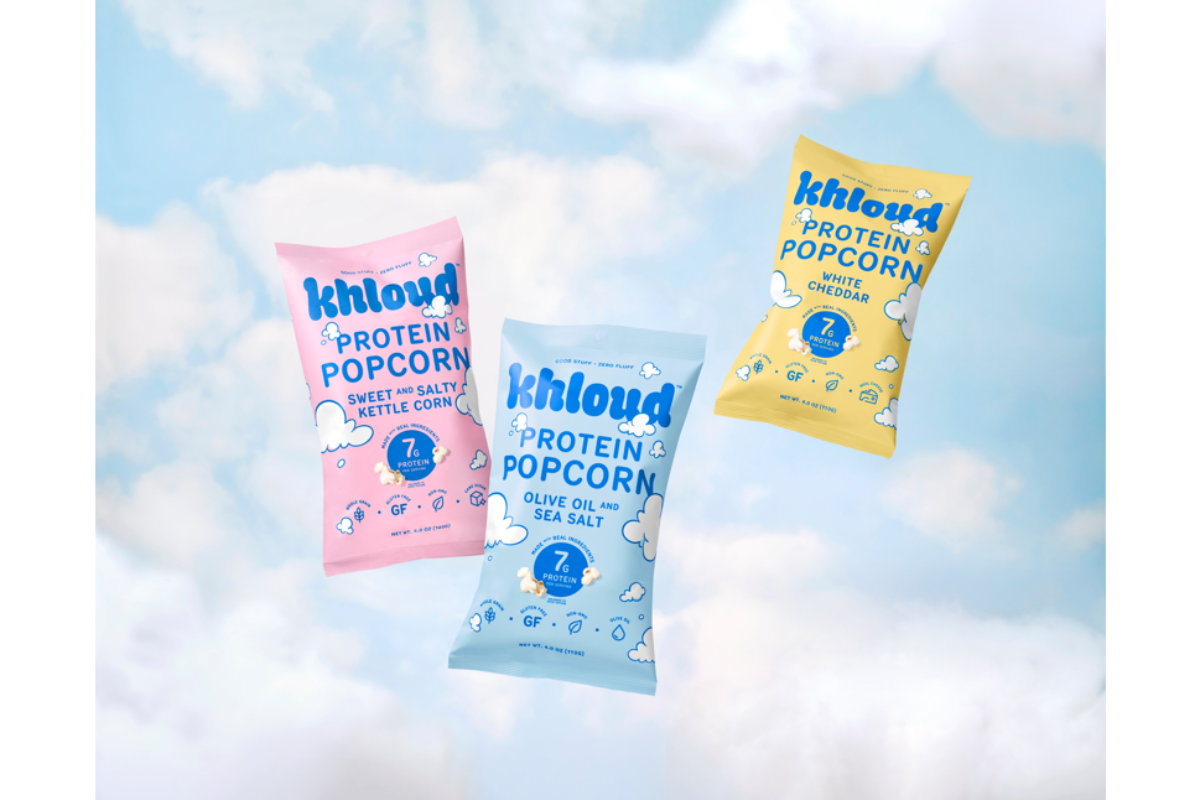Crafting a shipper outreach strategy that works
For small carriers, you have to have a solid strategy to win freight directly from shippers. Here are the steps to make it happen. The post Crafting a shipper outreach strategy that works appeared first on FreightWaves.

Shippers are not sitting around waiting for your cold call. They are busy. They are cautious. And more than anything, they are looking for consistency and professionalism in the carriers they choose. As we move deeper into 2025, crafting a shipper outreach strategy that is effective requires more than just sending a few emails or making a few phone calls. It demands a system, a plan, and a mindset that aligns with how real business relationships are built today. This is not about “getting lucky” with a new customer. It is about creating an approach that systematically introduces your services to the right shippers, at the right time, with the right value proposition.
For small carriers and owner-operators, mastering outreach is no longer optional. It is a necessity for survival in a soft and volatile freight market.
Start by Knowing Exactly Who You Are Targeting
Successful outreach starts long before the first call or email is made.
It starts with clarity.
Before building any list or script, a small carrier must define:
- What commodities they want to haul
- What regions or lanes they want to run
- What service levels they can realistically offer
- What types of shippers align with their capabilities
Without this step, outreach becomes random and inefficient.
Building a profile of the ideal shipper saves time, money, and energy.
Example:
An owner-operator based in Atlanta running a 53’ reefer should be targeting food distributors/processors within 300–600 miles, not electronics manufacturers shipping dry goods to California.
Specificity is what creates traction.
Building a Prospecting List That Makes Sense
Once the ideal shipper profile is built, the next step is list construction.
Best methods for building a real shipper list:
- Use LinkedIn to search for “Shipping Managers” or “Logistics Coordinators” at companies in target industries
- Search directories like Thomasnet or local Chamber of Commerce listings
- Attend local business networking events and trade shows (even virtual)
- Pull industry lists from trade publications related to target commodities
- Leverage public data like USDA shipping reports (for produce)
Aim for a starting list of 50–100 prospects. These should be all within your backyard reach to start.
This gives enough volume to work consistently without becoming overwhelmed.
Each prospect entry should capture:
- Company Name
- Contact Name
- Role/Title
- Email
- Phone
- Location
- Notes (any special freight needs observed)
Create a Cadence and Commitment to the Process
Outreach without rhythm dies quickly. Your days are unpredictable and can be extremely busy, but you have to make time.
Consistency is the fuel that makes cold outreach work over time.
A good starting cadence for small carriers:
- 3-5 cold calls per day
- 3-5 cold emails per day
- 3 LinkedIn connection requests per day
Over one week, that is 65 outreach activities.
Over one month, that is 260 touches.
And statistically, even a modest 2 percent positive response rate could yield 5 potential shipper conversations per month—more than enough to grow a business.
Success comes from building outreach into the daily routine just like checking equipment or tracking expenses.
Crafting the Right Cold Call Script
Cold calling is still one of the most effective ways to reach decision-makers quickly—when done right.
A strong cold call structure includes:
- Introduction: Name, company, and reason for calling (short and polite)
- Value Proposition: What you specialize in and why it is relevant to them
- Permission: Ask if now is a good time or when would be better
- Closing Intent: Offer to send more information, not to hard sell on the spot
Example Cold Call Script:
“Hi [Name], this is [Your Name] with [Your Company]. We are a regional carrier specializing in dry van freight throughout the Southeast, and I wanted to introduce myself in case we could support your team. Is now a good time for a quick introduction, or would another time work better?”
Notice: no pressure, no assumptions, and no pushing.
Respect for their time earns you respect in return.
Crafting the Right Cold Email
Emails must be short, relevant, and easy to respond to.
Key components:
- Subject Line: Clear and direct (Example: “Available Capacity for [Region]”)
- First Line: Personalized if possible (mention their company or industry)
- Middle: Quick value proposition
- Close: Ask for permission to send more information or schedule a time
Example Cold Email:
Subject: Available Capacity for Mid-Atlantic Regional Lanes
Hi [Name],
I hope this finds you well. My name is [Your Name] and I operate [Your Company], a regional carrier focused on dry van freight across the Mid-Atlantic. We currently have consistent capacity available for dedicated or spot opportunities.
I would love to introduce our services in case we could be a resource for your team.
Let me know if it makes sense to send over a carrier packet.
Thank you for your time,
[Signature]
Track Every Contact Religiously
One of the most common mistakes in shipper outreach is poor follow-up.
Without a system to track:
- When the first call was made
- What was said
- When to follow up
- Any important notes
Opportunities get lost in the shuffle.
At minimum, use a spreadsheet or simple CRM (Customer Relationship Management) tool.
Many free versions like HubSpot or Monday.com work fine for one-truck operations.
If you are not tracking it, you are not managing it.
And in freight, what gets measured gets improved.
Persistence Over Perfection
Most carriers quit after one or two touches.
That is a mistake.
It often takes 7–10 touches before a shipper even acknowledges your value, let alone offers a load.
Building a shipper relationship is not much different than building a friendship.
It takes time, it takes value, and it takes consistency.
In fact, research across industries shows:
- 48 percent of salespeople never make a second contact
- 80 percent of successful deals happen after the fifth contact
Persistence wins.
Outreach KPIs to Track
If you want your outreach strategy to actually grow your book of business, you need to monitor:
- Touches Per Day (calls + emails + LinkedIn)
- Positive Replies Per Week
- Carrier Packets Sent Per Week
- Meetings or Discovery Calls Scheduled Per Month
- New Shippers Onboarded Per Quarter
Set small, achievable targets each week and build momentum.
Just like The 12 Week Year emphasizes:
“Execution is the single greatest market advantage.”
Consistency in small daily actions beats big bursts of action followed by inactivity.
Final Word
In 2025, freight is shifting.
Shippers are more selective.
Competition is intense.
Technology is making it easier for brokers to shop around.
Small carriers and owner-operators who master outbound shipper outreach will find themselves insulated from spot market volatility and rate drops.
Those who wait for brokers to call will find themselves at the mercy of lower margins and tougher negotiations.
The strategy outlined above is not theoretical.
It is practical, field-tested, and scalable—whether you are a one-truck operation or managing a small fleet.
Because talking about going direct is one thing.
Building a real pipeline is another.
The carriers who win in this market are not guessing.
They are executing.
And that door is still wide open for those who are willing to knock—over and over—until it opens.
The post Crafting a shipper outreach strategy that works appeared first on FreightWaves.























































































































































